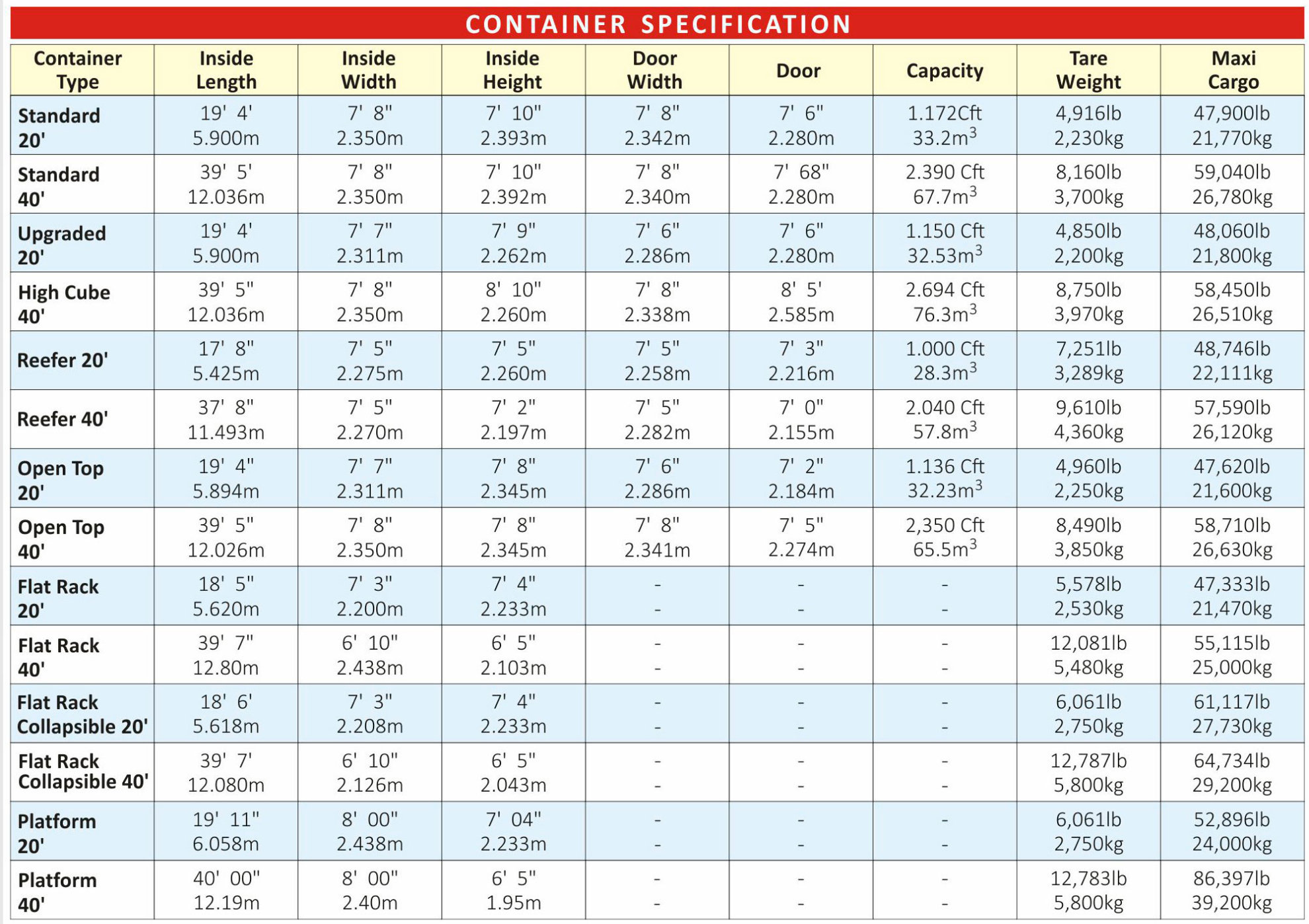Useful Information
Our range of freight resources have been designed with you in mind - to be informative, practical and helpful. Whether you’re an experienced shipper or a logistics industry novice, you’ll find the tools you need to better navigate the world of international freight. We will be updating this area of the website on a regular basis.
Metric Units



of Incoterms® rules in domestic and nternational trade.
In North America, the term FOB has other applications. Many buyers and sellers in Canada and the U.S.A. dealing on the open account and consignment basis are accustomed to using the shipping terms FOB Origin and FOB Destination.
FOB Origin means the buyer is responsible for the freight and other costs and risks. FOB Destination means the seller is responsible for the freight and other costs and risks until the goods are delivered to the buyer’s premises, which may include the import customs clearance and payment of import customs duties and taxes at the buyer’s country, depending on the agreement between the buyer and seller.
In international trade, avoid using the shipping terms FOB Origin and FOB Destination, which are not part of the INCOTERMS.









